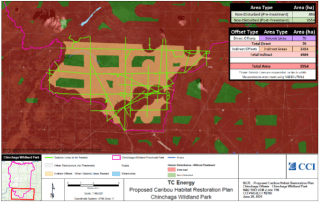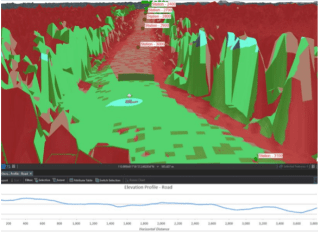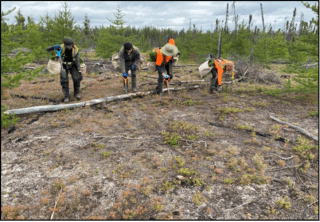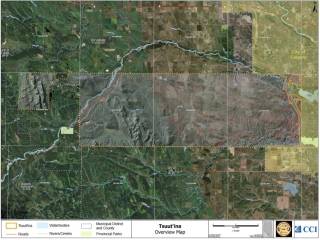Sustainable Landscape & Ecological Management Planning
Project Overview
With the current pressure of balancing environmental conservation with sustainable development, CCI has adopted Sustainable Landscape and Ecological Management plans that are able to consider multiple objectives, scales, and stakeholders.
This promotes a “systems-level” thinking approach, providing a pathway towards a more holistic management plan, looking hundreds of years into the future to show ecological and landscape stability and increasing benefit over time. Thus leading to a legacy project with a net positive impact.
Scope:
- Immediate and long-term commitment to enhance project objectives over large areas. Objectives could be defined by companies, communities or stakeholder groups.
- Design plans, programs, specifications, monitoring requirements, responsibilities and costs over the planning horizon.
- Acceptable to local planning authorities.
- Easily communicated visually, vocally and in writing to stakeholders.
- Comprehensive and meaningful objectives.
- Based on innovative and accurate remote sensing information in the area of interest.
- An opportunity to involve Indigenous communities throughout the process from planning, to operations to reporting with communications and employment opportunities. Decisions guiding management are informed by a wide range of social and cultural values.
- Proactive and progressively adaptive approach to management.
Deliverables:
- High resolution remote sensing data including aerial imagery and LiDAR products.
- Improved information on species – habitat relationships.
- Landscape Assessment including Traditional knowledge from local Indigenous Groups.
- Traditional land use priorities.
- Evaluation of multiple land-use planning scenarios and outcomes.
- Economic development planning.
- Development of Values, Indicators, Objectives and Targets for local communities.
- Fire risk.
- Carbon sequestration.
- Watershed protection.
- 2D and 3D communication models to share with stakeholders.
Sustainable Landscape and Ecological Management Planning Examples
- Optimized line of site barrier placement using LiDAR data.
- Regeneration prescriptions developed with remote sensing machine learning analysis of vegetation inventory data.
- Incorporated Traditional Ecological Knowledge into models and prescriptions.
- Forest intactness modelling over time showing benefit to caribou.
- Installed innovative line of site screening structures constructed with assistance from Indigenous groups.
- 3D visualizations of the future forest.
- CCI restored a total of 26.2 ha of seismic lines which has created an additional 2,082 ha of intact caribou habitat within the Richardson Caribou Range.
- Over 52,000 seedlings planted including white spruce, black spruce, jack pine, and tamarack larch.
- Over the next 100 years, this afforestation project will store carbon equivalent to taking more than 1500 passenger vehicles off the road, or save 15,000 barrels of oil being consumed. The same amount of oil it would take to drive around the world 2100 times!
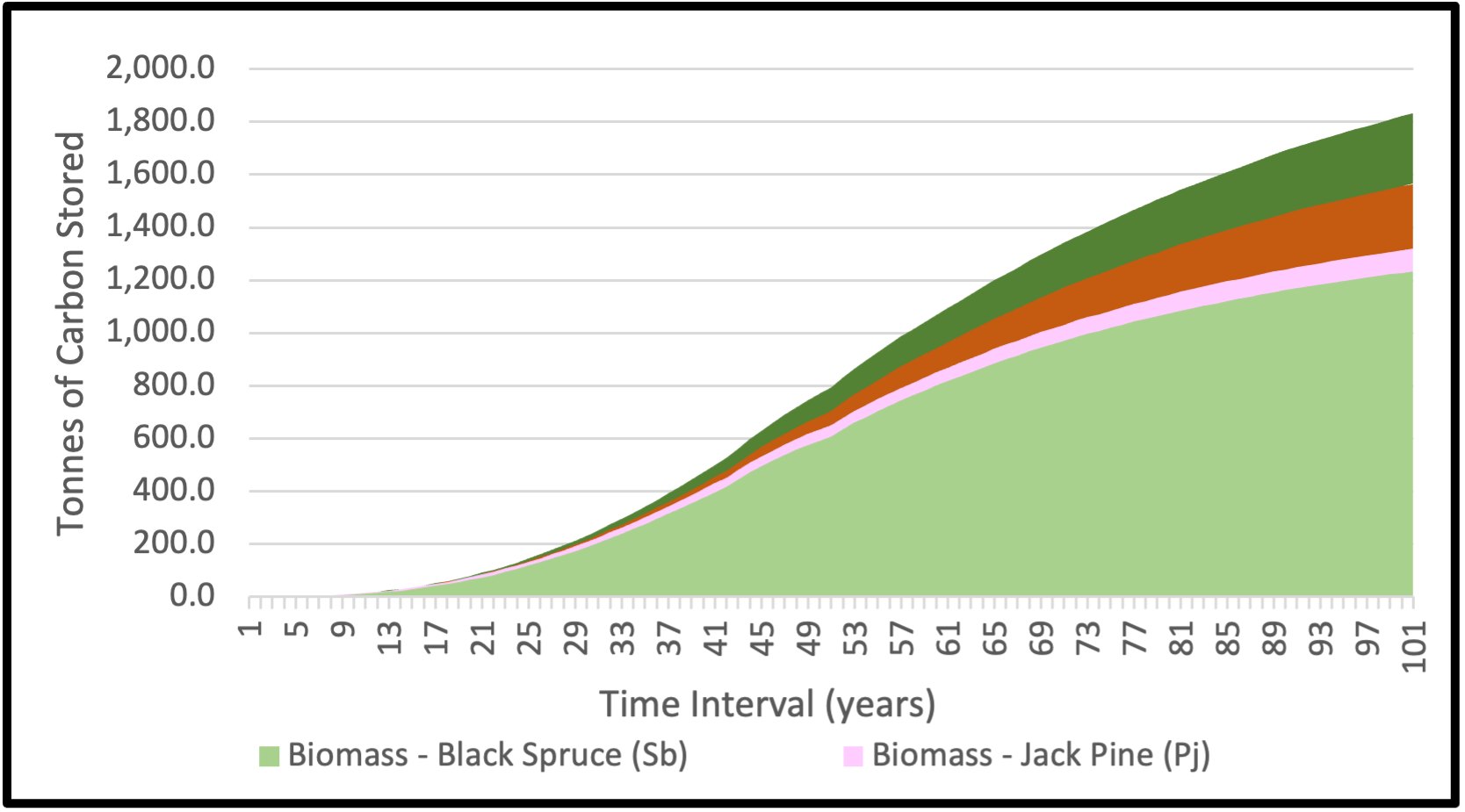
The Tsuut’ina have done an exemplary job of protecting lands from disturbance but opportunities for improved community and environment focused land-use optimization were noted. CCI is working with Tsuut’ina to:
- Improve forest resource management
- Improve the understanding of the forest
- Create new jobs and long-term revenue sources for the Nation.
CCI has used the most recent advances in remote sensing data collection and processing to support the Tsuut’ina nation
- Training of Tsuut’ina environmental professionals to carry out recommendations in the management plan.
- Evaluation of land-use opportunities to optimize economic growth and environmental sustainability of agriculture and forest lands.
- Assistance with development of a robust GIS program within the Tsuut’ina Nation.
- Identification of forest areas at high risk of large-scale natural disturbance.


